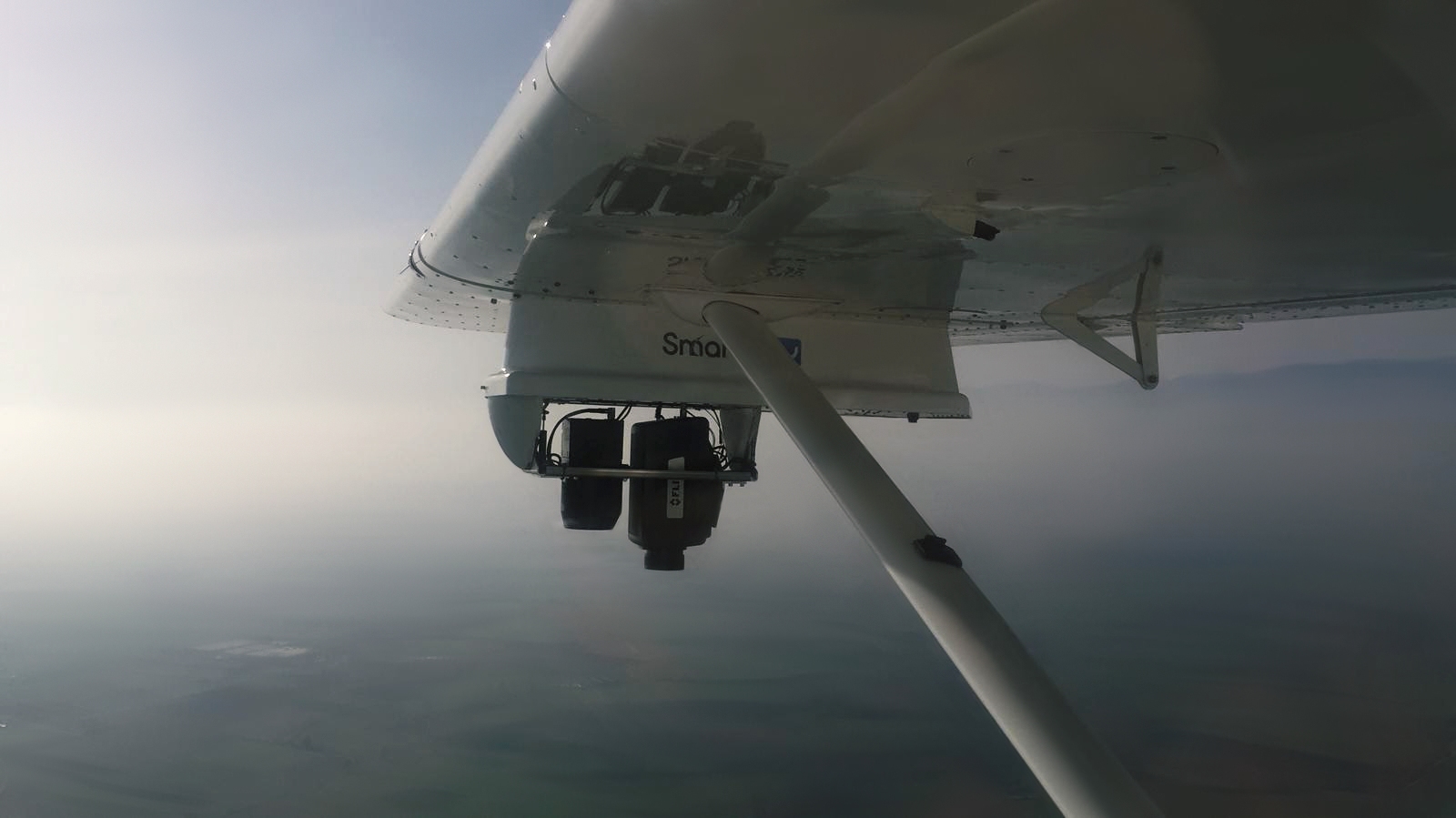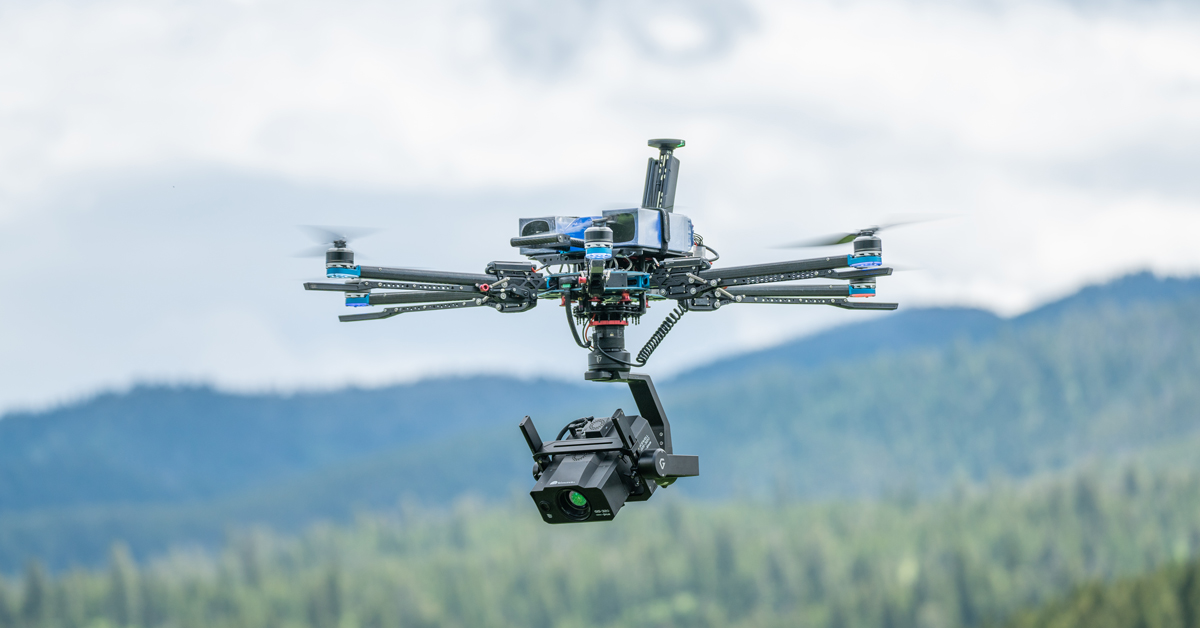Teledyne FLIR Thermal Cameras Help Construction Industry Combat Heat Stress

Heat stress is a problem reaching crisis levels: it’s the number one cause of weather-related deaths in the world, especially for construction and other outdoor-related industries which are disproportionately affected by extreme temperatures. In the United States alone, more than 400 workers have died since 2011 due to environmental heat exposure, and thousands more are hospitalized every year.
In response, construction safety and apparel makers are looking at ways to help workers stay safe on the job during excessive heat. North American-based safety helmet innovator, STUDSON, is taking a proactive approach to ensure its equipment can help workers in construction, energy production, utilities, and industrial processing to beat the heat. The effort also includes designing cooling accessories, such as a cooling helmet liner with a nape cover and a cooling towel, that are purpose-built for use with PPE safety helmets.

Specially designed cooling helmet liner with nape can help keep workers cooler in excessive heat.
Leveraging a FLIR T1020 high-definition thermal camera, STUDSON recorded its cooling accessories in action. In the thermal image above, the model is wearing a safety helmet along with the cooling liner with nape underneath. The bright colors denote the warm areas while the cool areas are darker. In this image, the helmet liner and nape are purple because the material is helping cool down the wearer standing in the hot sun.
To further help its customers combat heat stress, STUDSON has also designed its SHK-1 safety helmets to improve airflow and allow for body heat to dissipate. Although the primary purpose is to prevent traumatic brain injuries (TBIs), comfort is critical to ensure that workers actually wear the helmet, no matter the conditions.

Lightweight material and vents built into the safety helmet provides for better airflow and sweat evaporation, reducing the heat immediately around the head by potentially several degrees.
Inside, the SHK-1 helmets feature KOROYD, which are welded polymer tubes that are 95 percent comprised of air, allowing for greater airflow and sweat evaporation around the head. In fact, a recent thermal lab study from KOROYD found that KOROYD-integrated safety helmets reduce heat index by up to 8 degrees Fahrenheit/4.5 degrees Celsius compared to traditional EPS internal helmet constructions, reducing the risk of heat stress.
The thermal imagery helps show this technology in action, providing a visual representation of how outdoor workers can stay safe on the job, no matter the weather.


